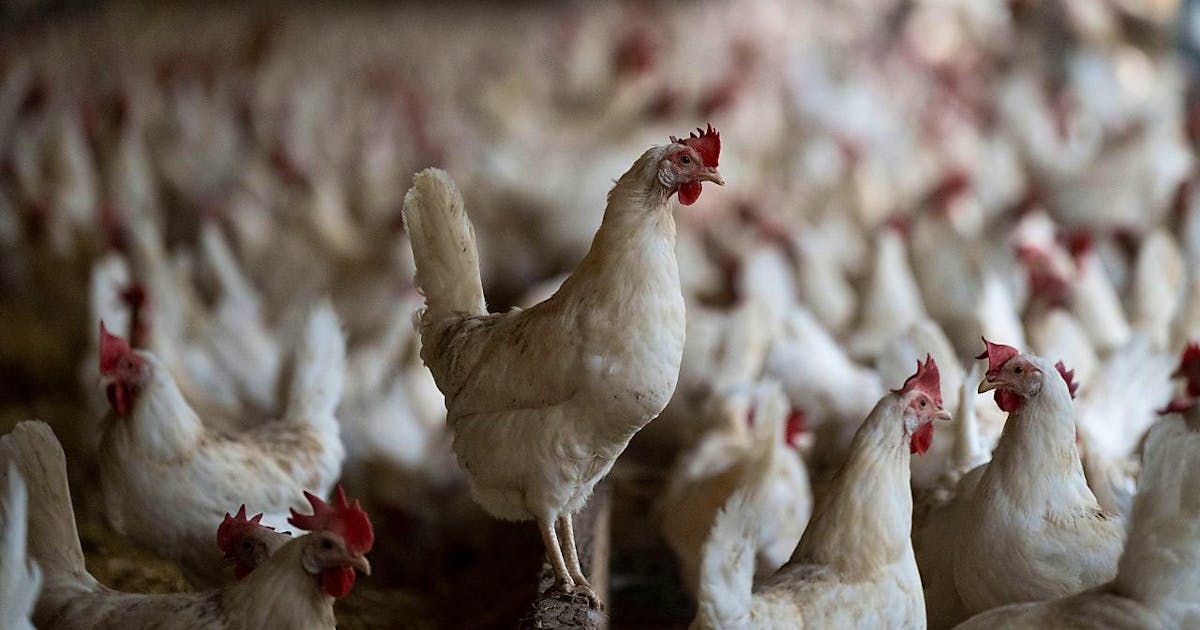Keystone
Researchers want to produce green electricity using chicken feathers. They use the keratin found in chicken feathers and use it to replace highly toxic chemicals in fuel cells.
The research team from the Swiss Federal Institute of Technology Zurich (ETH Zurich) and Nanyang Technical University in Singapore (NTU) has already applied for a patent for the focal cell membrane of chicken feathers, ETH Zurich announced on Friday.
Fuel cells are devices that convert energy from the chemical reaction of hydrogen and oxygen in the air into electrical energy. The chemical reaction results in the production of electrical energy, water, and heat as byproducts.
The heart of the fuel cell is a membrane that allows protons (hydrogen ions) to pass through while preventing electrons from passing through. This separation of protons and electrons allows the protons to flow through the membrane while the electrons are passed through an external circuit to generate electrical energy. According to ETH, highly toxic chemicals, called PFAS, have been used in such membranes until now. They are expensive and cannot be broken down by the environment.
40 million tons of chicken feathers
Researchers have now developed a membrane consisting of keratin protein extracted from chicken feathers. ETH said it is available in large quantities because it is 90 percent chicken feathers. About 40 million tons of chicken feathers are burned every year, releasing large amounts of carbon dioxide and toxic gases such as sulfur dioxide.
Using a simple process, researchers extract keratin from feathers and turn it into tiny fibers called amyloid fibrils. These are ultimately used in the membrane.
However, a number of challenges still need to be overcome before this new technology can be deployed. According to ETH, the next step is for the researchers to test the durability of their keratin membrane. In addition, hydrogen has not yet proven itself as a sustainable energy source, according to the university.
SIL, SDA

“Certified tv guru. Reader. Professional writer. Avid introvert. Extreme pop culture buff.”







More Stories
Samsung Quantum Dot TV: Art meets technology
Pitch: €56m for energy startup Reverion
Plastoplan: Plastics for Energy Transition